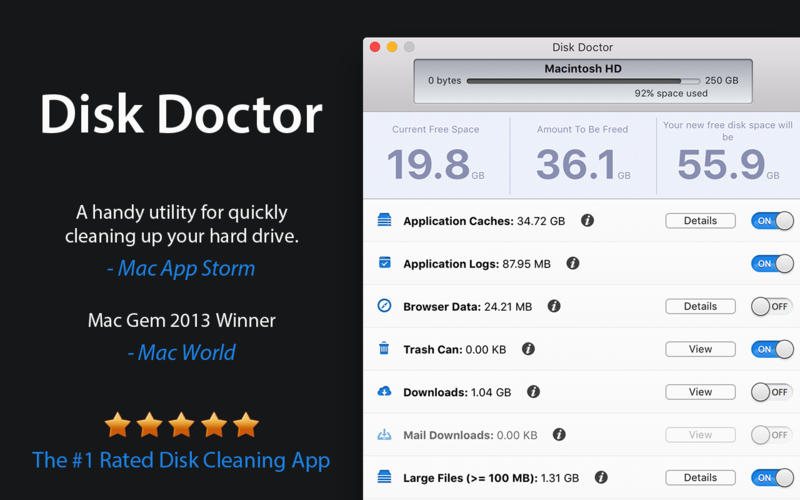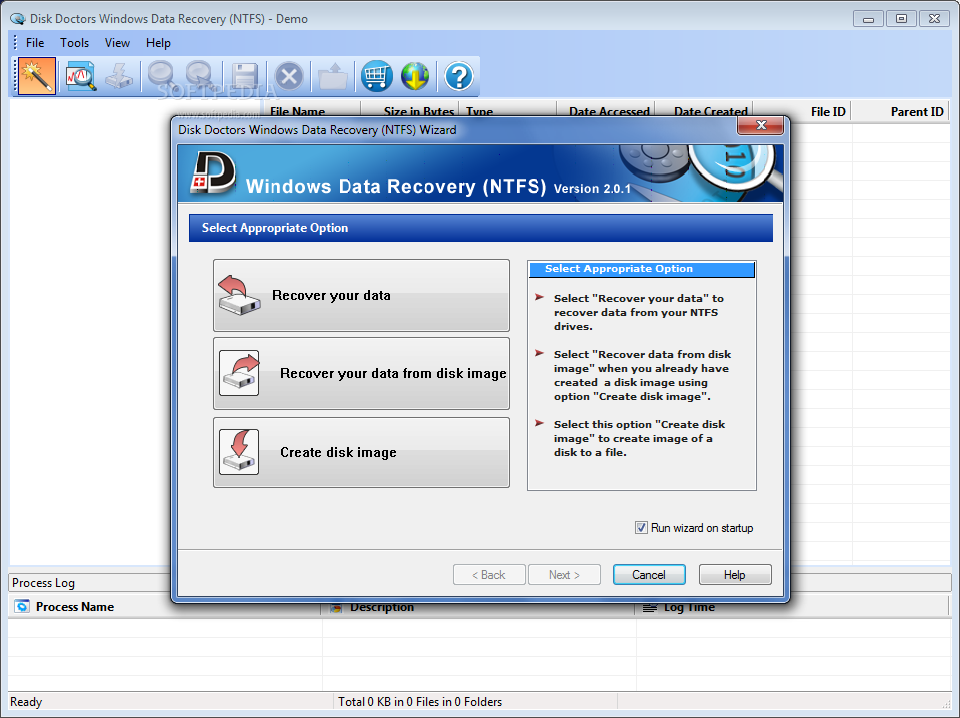
#Noton disk doctor windows#
Changes in the way Windows operates meant that many of the old utilities were either dropped completely or replaced with GUI based versions. The Windows version of 'Speed Disk' works with much greater speed than Microsoft's supplied defrag program, as it moved groups of clusters, not single clusters as Microsoft's Windows Disk Defragmenter. It adds Disk Companion, Memory Companion, and Norton Utilities Companion over floppy disk version.ĭisk tools included with this release are not compatible with FAT32. DOS tools include Disk Editor, Disk Doctor, Pre-Installation TuneUp. It includes Norton Image, Norton System Doctor, Norton Protection, Rescue Disk, System Information, Norton Disk Doctor, Norton UnErase, Space Wizard, Speed Disk, System Information. The original Windows 95 version was released in 1995-08-?.Īs a native Windows 95 tool, it supports VFAT file system used by Windows 95. See also: Norton SystemWorks Norton Utilities 1.0 for Windows 95 Windows utilities include Norton Disk Doctor, Speed Disk, System Watch, File Compare, INI Tracker, INI Tuner, INI editor, INI Advisor Norton Utilities for Windows 95 and later Release 8.0 was nearly the same as 7.0, but added Windows 3.1 utilities.ĭOS Utilities include Norton Disk Doctor, System Information, Change Directory, FileFind, Diskreet, DUPDISK, File Fix, NDOS, Batch Enhancer, Norton Integrator, Speed Disk. Also some of these tools now did not need to run in full-screen-mode but just displayed a window in the center of the screen, like the disk formatter or the disk duplicator utility.ĭisk Editor now includes Advanced Recovery Mode. Release 7.0 had revised user interfaces for the utilities that feature a menu-driven user interface. Speed Disk remained as well, although SPEEDISK.exe was licensed by Microsoft and incorporated into MS-DOS as DEFRAG.exe in MS-DOS 6 onward. It includes Norton Disk Doctor, Disk Editor, Undelete, SmartCan, NDOS, System Information, File Find, Norton Change Directory. It supports MS-DOS 6.0, DoubleSpace, Stacker, and SuperStor disk compression tools. (The DOS ERASE command is the same as the DEL (Delete) command.) Windows 95's Recycle Bin soon further reduced the value of UnErase. However, MS-DOS 5.0 added a new UNDELETE.exe program, licensed from Norton competitor Central Point Software, which took advantage of the same Delete Sentry control and Deletion-tracking files. UnErase takes advantage of DOS 5.0's Delete Tracking and Mirror File features to recover data. System Information now includes more detailed information on installed system. The speed of Speed Disk was faster than previous release.ĭiskreet supports Data Encryption Standard. It includes Norton Disk Doctor, Disk Editor, Disk Tools, Speed Disk, Norton Cache, Disk Monitor, Diskreet, NDisk, System Information, NDOS. It includes Windows Program Manager support, but the tools are still DOS-based, so a set of icons were supplied. Norton Utilities 6.0 supports DOS 5 and Windows 3.1. This 1986 version added the Quick UnErase (QU) and Unremove Directory (UD) programs. This version, released in 1984, included Directory Sort, Disk Test, File Attributes, File Find, File Size, Line Print, List Directories, System Information, Text Search, Volume Label, Wipe Disk and Wipe File. The PRINT program was renamed LPRINT to avoid conflict with the DOS command introduced in MS-DOS 2.0 as PRINT.COM. The main feature of this version supporting DOS 2.x was FILEFIND, used for searching for files.
#Noton disk doctor Pc#

FileHide, interactive hidden file control.DiskLook, complete floppy disk displays and maps.In 1982, when I sat down at my PC to write Unerase, I was solving a common problem to which there was no readily available solution." ġ4 programs were included, on three floppy disks, list price $80:
#Noton disk doctor software#
Quoting Peter Norton, "Why did The Norton Utilities become such popular software? Well, industry wisdom has it that software becomes standard either by providing superior capabilities or by solving problems that were previously unsolvable. The UNERASE utility was what launched NU on its path to success.

This allowed files to be undeleted by restoring the first letter of the directory entry (a feature of the FAT file system used in MS-DOS, albeit one that was not originally documented). The initial 1982 release supported DOS 1.x and featured the UNERASE utility.



 0 kommentar(er)
0 kommentar(er)
